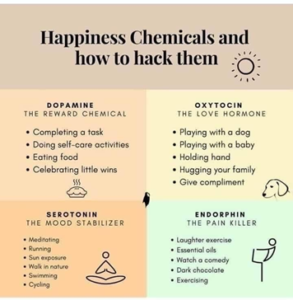
24 – Opportunities to rebound in 2021
We’ve started to rebound. To bounce back and recover. To take a miss and turn it into a win.
But, as basketball coach Chris Brablc writes: “Rebounding is all about momentum … it requires motor, hustle, anticipation and consistency to be effective.”
This week we look at opportunities creating momentum for jobs in 2021. Now it’s up to every employer and job seeker to bring the hustle!
Let’s start with job opportunities out there, right now.
Over the past few weeks we’ve listed a number of opportunities in the following industries and locations.

Where the jobs are
Blayney | Oberon |
Byron Bay | Orange |
Canberra | Parkes |
Condobolin | Parramatta |
Coniston | Sydney |
Dubbo | Tamworth |
Lismore | Wagga Wagga |
Lithgow | Warren |
Manildra | Wellington |
Newcastle | Wollongong |
For more information, take a look at our current job opportunities
Know what opportunities are out there, so you know what you can take advantage of

A good place to start is with the Australian Government’s Economic Recovery Plan which aims to:
create an environment for businesses to create jobs
support a digital Australia
make it easier for businesses to run their own business
provide tax concessions and businesses incentives
support Australian industries
Opportunities for businesses and employers include:
Temporary Job Hiring Credit
Tax Refunds for losses against prior year profits
Temporary full expensing of eligible depreciable assets
Research & development tax incentive
Boosting apprenticeship commencements wage subsidy
Supporting Apprentices and trainees wage subsidy
A key element of the Recovery Plan is the range of Job Maker investments by the government in:
Infrastructure
Energy security
Digital business
For more information, see Lights on the Horizon in Update 21
Going beyond the job description: part 2

In our previous update, we talked about why hiring for ‘workplace culture fit’ can increase recruitment success. Now let’s take a look at how you do it.
The first step is to avoid personal bias. Don’t fall into the trap of seeking a connection with the candidate that gives you short-term comfort. In other words, don’t mistake alignment between the candidate and yourself as alignment between the candidate and your organisation.
Instead look for values that align with your organisation’s culture.
To do that, you must have a deep understanding of your organisation’s workplace culture and the ability to translate that into the recruitment process with questions for the candidate, such as:
Which of the values of this organisation do you most identify with? OR Name three things you like most about our organisation?
Describe the work environment you are most productive and happy in?
What are the characteristics of the best boss you ever had? How would you describe their management style?
What do you expect of your manager/supervisor?
What is the single most important thing you need at work to be successful and happy?
What does your ideal work day look like?
What is your opinion about taking work home with you? Do you usually take your work home? Is it good practice in your opinion?
Do you prefer working alone or as part of a team?
When you work in a team, what is your role
What is the type of relationship you most value with your team members? Become friends OR never see them outside of work?
What are, in your opinion, the key ingredients in maintaining successful work relationships?
Describe a situation where your colleagues disagreed with your ideas. What did you do?
Tell me about the most stressful situation you faced at work. What happened? How did you handle it?
Tell me about a change you have encountered at work and how you adapted to it?
What are you passionate about?
Can you go too far?
Yes. Too much emphasis on workplace culture fit can stifle diversity and cause managers to overlook promising candidates with unique perspectives.
So, as with all things, it’s about balance, and understanding the difference between:
a person’s alignment with core goals and values – the shared beliefs that anchor work in an organisation and drive efficiency and effective workplace relationships
AND
a person’s unique skills, experience and perspectives that drive creative thinking, innovation and adaptability
We can adhere to an organisation’s values and still think differently. In fact studies show that aligning or identifying strongly with the organisation or a team, can make people more accepting of diverse ideas and new ways of thinking.
But if you are actually looking for people to drive change, to be cultural misfits and shake up ‘how things are done around here’, you just need to make sure you assign them to roles in which they are likely to develop strong connections within particular groups, so they have some trust and support.
The bottom line is that looking for culture fit in the recruitment process will never be perfect but the short-term investment in time it takes to look beyond the job description and a person’s CV has long-term payoffs.
Find out more about this topic:
A merry Christmas from all of us at Spinifex … and here’s to the successful pursuit of happiness in the new year!

Until next time, stay safe.
Download PDF version of this update
